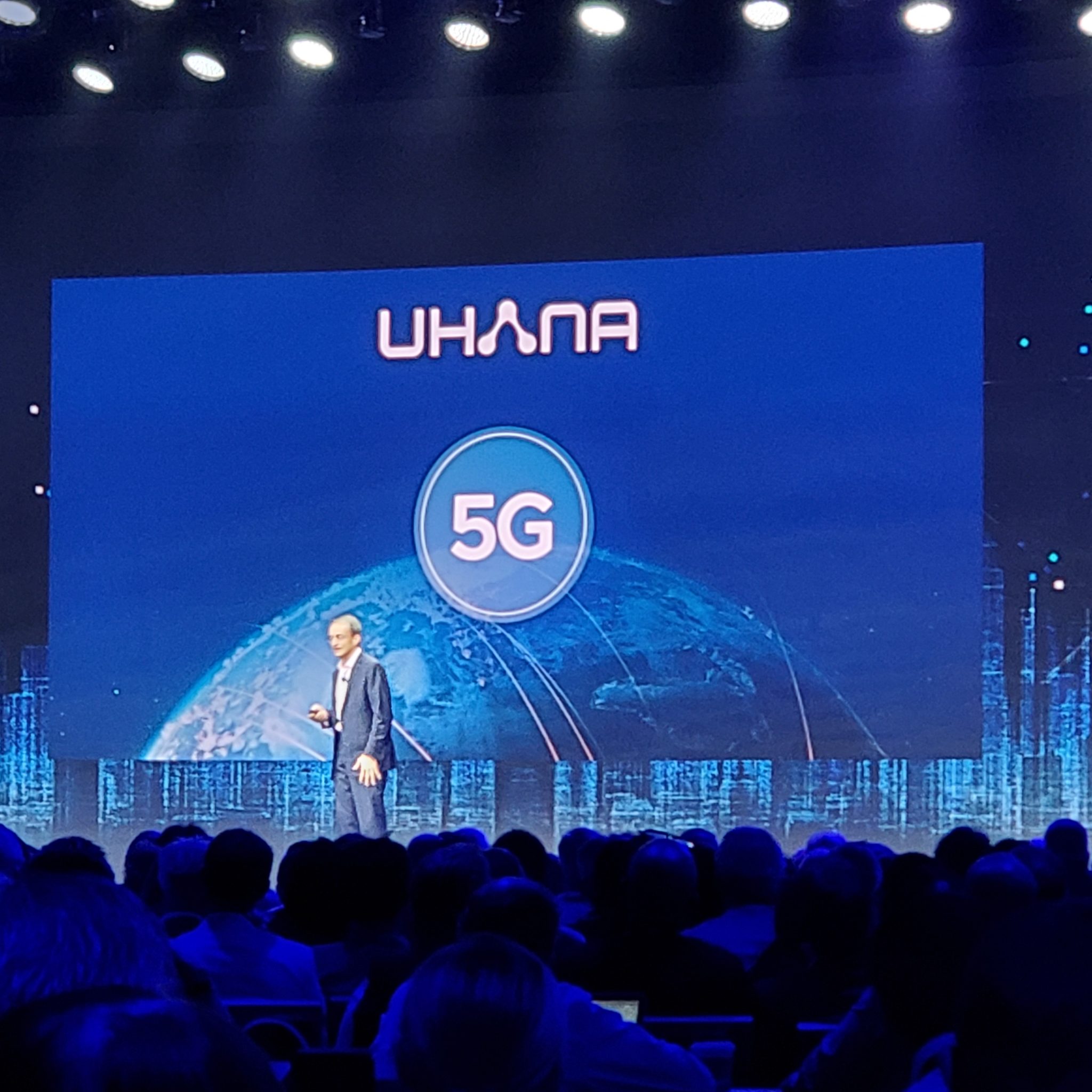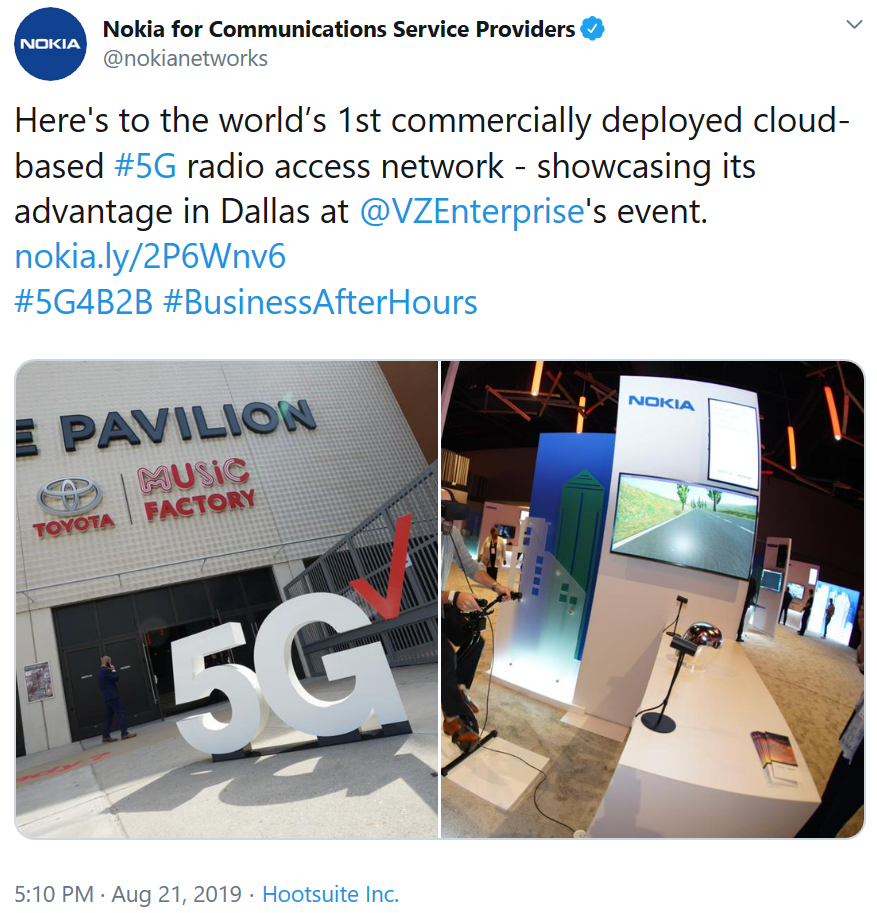VMware acquisition of Uhana speaks to service assurance in the 5G era
SAN FRANCISCO–Telcos are ramping up investments in hybrid cloud strategies in tandem with 5G network deployments, which are decidedly more IT-centric than previous generations of cellular. Right now the focus is on delivering an enhanced mobile broadband experience to consumers but the long-term vision, and perhaps the more significant potential revenue generator, emerges when pervasive virtualization from the core out to the edge enables bespoke network slices for enterprise service delivery.
As we continue down this road–automatically connecting any device to any cloud and providing a perfectly optimized level of network, compute and spectral resources–how should carriers approach service assurance?

“For a couple of years we’ve been discussing how the world of assurance is changing,” Gabriele Di Piazza, VMware’s vice president of products and solutions in the Telco NFV business unit, told RCR Wireless News during an interview this week at VMworld. “With 5G, you’re starting to introduce…the concept of slices. You actually start to charge for and create specific services. Now you’re moving to a much more dynamic approach to assurance.”
He continued: “A slice is something that’s created in a specific moment and includes a certain pool of resources then it decommissions. Assurance needs to follow the same pattern. You need to set up something real-time and start predicting something at every moment.”
Enter Uhana, a firm that specializes in using artificial intelligence tools deployed in an operator’s cloud to provide subscriber-level performance data. VMware announced its intent to acquire the company in July and Di Piazza said everyone has moved onto VMware’s campus and product discussions around integration of Uhana’s tech into VMware’s telco portfolio are progressing in earnest.

Moving virtualization from the core to the RAN
The vast majority of operator investments in virtualization, whether that’s virtualized network functions running on virtual machines or a container-based implementation, are focused on the core network. But that same paradigm–swapping out single-purpose hardware for general purpose equipment running specialized software to cut costs, is slowing making its way out to the radio access network.
In fact, earlier this month Nokia claimed the world’s first commercially deployed 5G cloud RAN; the vendor didn’t specify the carrier but a tweet from an official Nokia account suggested the tech was being exhibited at a Verizon Enterprise event in Dallas.

According to Mark Atkinson, who heads up the 5G and small cells business unit within Nokia’s Mobile Networks Business Group, “Cloud RAN is key to achieving higher scalability and a more agile business. As service providers deploy 5G, they will face the need to extend their subscriber base and offer new types of services to address the enterprise market, particularly those in the industrial sectors, where performance and reliability is key,” he wrote in a blog post. More on that news here.
Di Piazza said the RAN “is probably the last one standing if you look at NFVs in general. The traditional way of thinking in a silo…is counter to the concept of NFV. I think RAN is no different.” He also pointed out that Uhana founder Sachin Katti is the co-chair of the O-RAN Alliance’s Technical Steering Committee. The O-RAN Alliance is an operator-led industry consortium working to develop specifications for RAN virtualization, white-box hardware and open interfaces.
“The concept is that when we talk about a telco cloud, we really think that these environments that used to be siloed are coming together,” Di Piazza said. And when it comes to VMware’s role in supporting telco virtualization, whether that’s at the RAN, core or edge, he noted that the company started its own journey around telco three or four years ago and now CEO Pat Gelsinger, during the opening keynote at VMworld, presented a slide including telco cloud as a key element in the larger corporate strategy.
“We do think telcos will be part of the cloud fabric. You could say that 5G, it’s almost a moment in time that becomes a calling card for carriers to transform themselves.”
For more on the telco-facing discussion at VMworld, take a look at the following:
- VMware lays out service provider, enterprise 5G vision
- Carriers missed the boat on cloud but 5G can change that
- Build, run, manage: VMware CEO debuts Kubernetes strategy
And for the previous installments on VMware’s telco business three-part featuring commentary from Di Piazza, check out these pieces:
- The state of telco cloud adoption: The view from VMware (Part 1)
- ‘There needs to be an IT DNA’: The view from VMware (Part 2)
- Any application, any device, any cloud: The view from VMware (Part 3)

